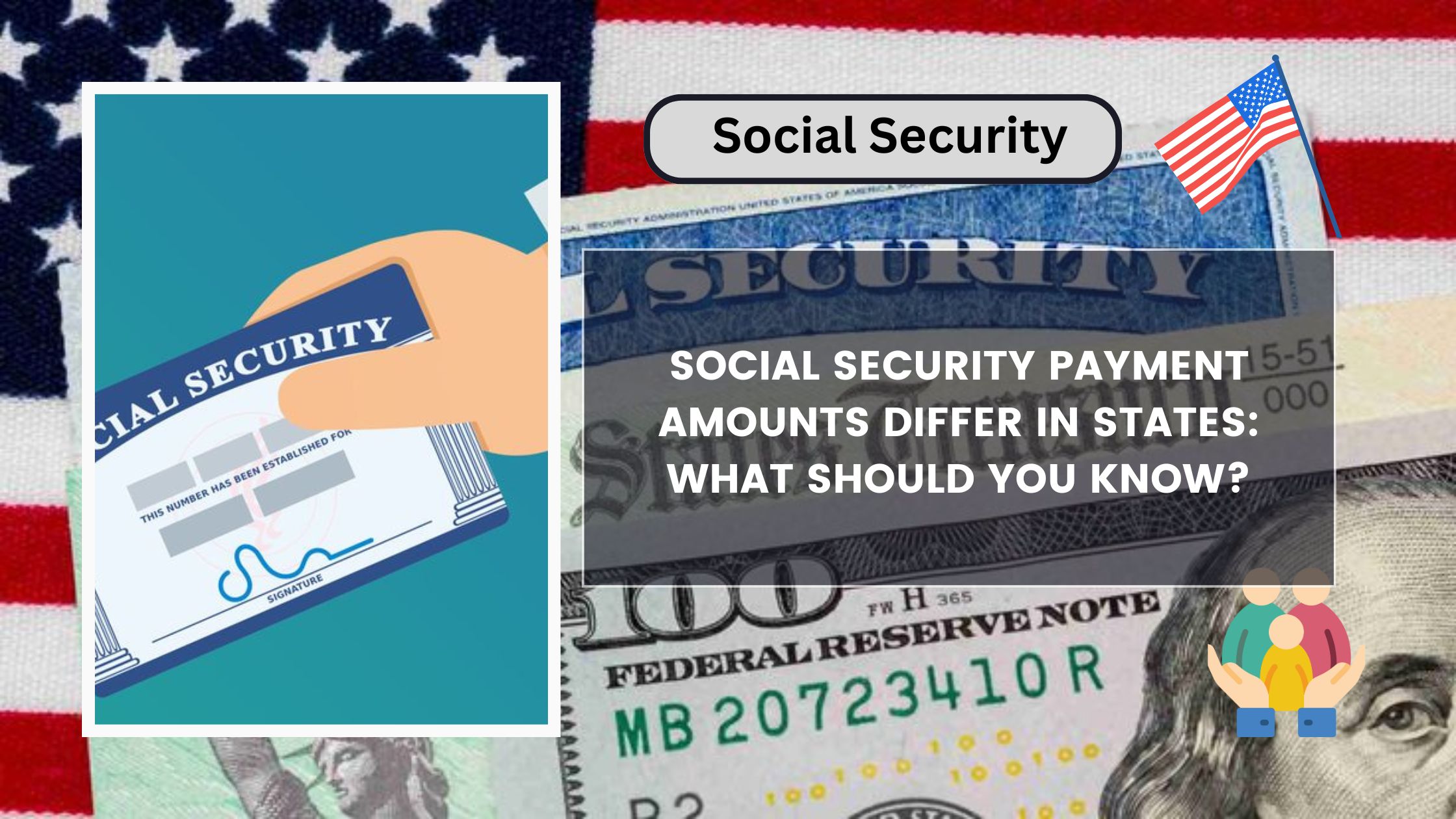Social Security helps many people in the U.S. with monthly money to cover basics like food, housing, and bills. But here’s something most people don’t know—how much you get from Social Security can change depending on where you live. Surprised? You’re not alone. Let’s break down why this happens, how it affects your money, and what you should really know if you’re depending on these payments now or in the future.
What Is Social Security?
Social Security is a program run by the U.S. government. It gives money every month to people who:
- Have retired
- Can’t work due to disability
- Are family members of someone who died
You pay into Social Security through taxes while you work. When you stop working, you can get money back from this system if you meet the rules.
Why Social Security Payments Are Not the Same Everywhere
Even though Social Security is a federal program, meaning it’s run by the whole country, how much you get can still change based on where you live. Why?
Here are the main reasons:
- Cost of Living: Some states are more expensive than others. For example, California and New York cost more to live in than Mississippi or Arkansas.
- Local Wages: Higher earnings in some states can lead to higher Social Security benefits.
- State Taxes: Some states tax Social Security income, while others don’t.
- Extra Help from States: A few states offer extra financial help to seniors or people with disabilities.
States with the Highest Social Security Payments
People in these states usually receive more money from Social Security:
- New Jersey
- Connecticut
- Delaware
- New Hampshire
- Maryland
Why? These states have higher average wages and living costs.
States with the Lowest Social Security Payments
On the flip side, these states tend to have lower Social Security payments:
- Mississippi
- Louisiana
- Arkansas
- Alabama
- West Virginia
These areas often have lower wages and living costs, so the payments are smaller.
Cost of Living Matters a Lot
Social Security payments don’t automatically go up just because rent, groceries, or gas prices do. However, the Cost-of-Living Adjustment (COLA) can increase Social Security each year to keep up with inflation. But this is the same for everyone, not just for those in high-cost states.
How State Taxes Affect Your Benefits
Here’s another thing many people forget: Some states tax your Social Security income. This means less money in your pocket.
These states do tax Social Security income (as of now):
- Colorado
- Kansas
- Minnesota
- Missouri
- Montana
- Nebraska
- New Mexico
- Rhode Island
- Utah
- Vermont
These states don’t tax it at all:
- Florida
- Texas
- Washington
- Nevada
- Alaska
Other Local Factors That Influence Payments
Aside from state taxes and costs, these also affect your Social Security check:
- Local retirement benefits
- Medicaid access
- State housing help
- Utility and food support programs
Living in a state with more support can help your check stretch further.
What Can You Do About It?
If you’re thinking about retiring soon or already getting Social Security, here are some tips:
- Compare states: Some are more tax-friendly for retirees.
- Look into benefits programs: Your state might offer help for rent, food, or medicine.
- Talk to a financial advisor: They can help you plan smarter for retirement.
- Consider moving: A cheaper state may give you a better quality of life on Social Security.
Conclusion
Social Security is a lifeline for millions, but how much you get can vary by state. While the federal government sets the base rules, your actual monthly payment can be affected by your state’s cost of living, taxes, and local benefits. Planning ahead can make a huge difference in how far your money goes. Don’t wait until retirement to understand these things—learn now and take control of your financial future.
